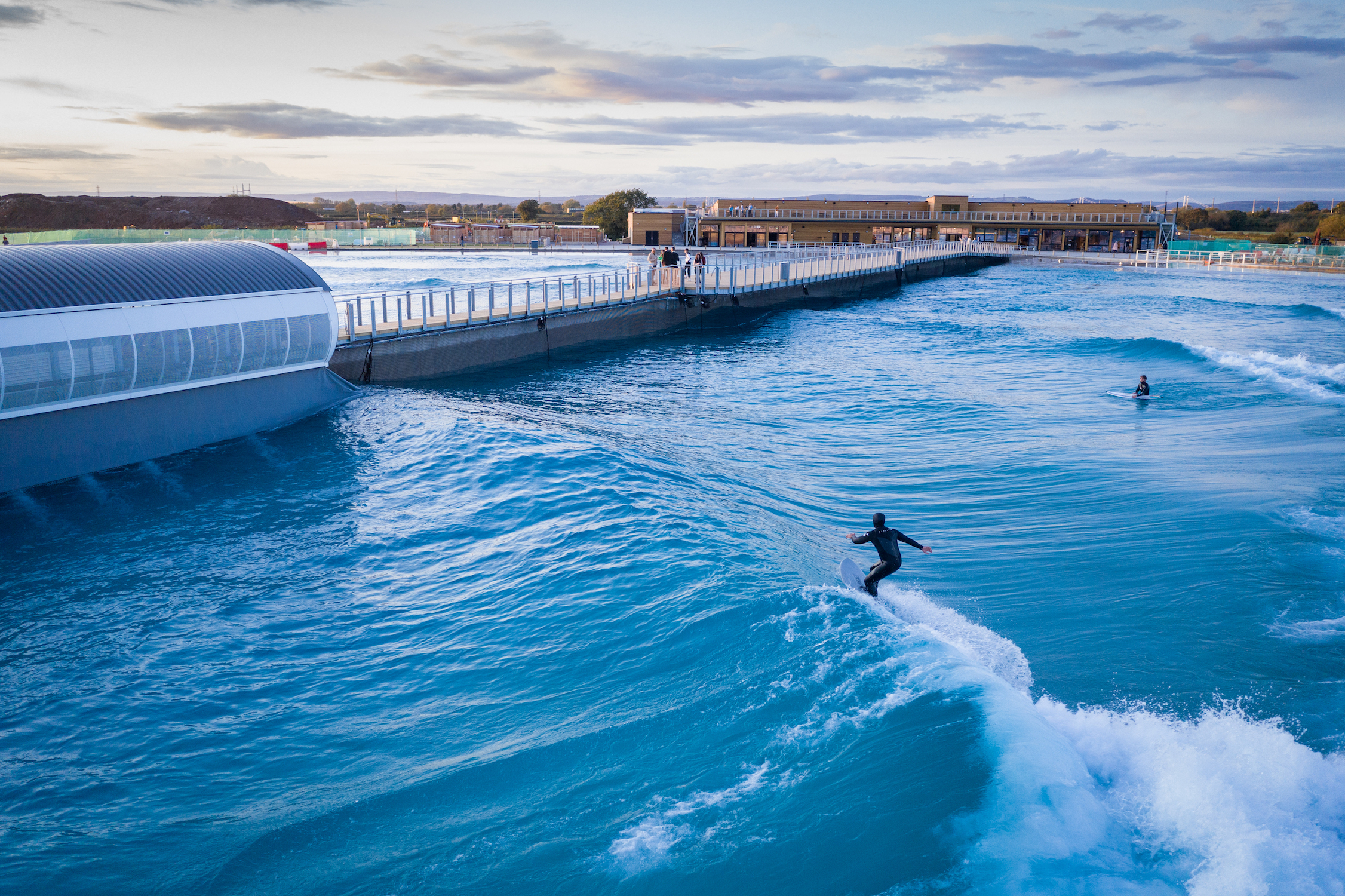Gripsure have introduced a revolutionary performance warranty for their non-slip decking range. You can now be assured your decking will retain its non-slip performance for 15 years, guaranteeing you complete peace of mind. No other company offers this level of performance warranty.
Some decking products will give you an initial slip resistance i.e. what they achieve on day one, before they are even laid. But at Gripsure we think this is irrelevant. Having invested in our product, we think you should have peace of mind for the future. What you really need to know is “how long will my decking remain non slip and to what extent?”
The aim of this warranty is to ensure that our customers have a clear understanding of how well the decking will perform, and what that means in practice.
